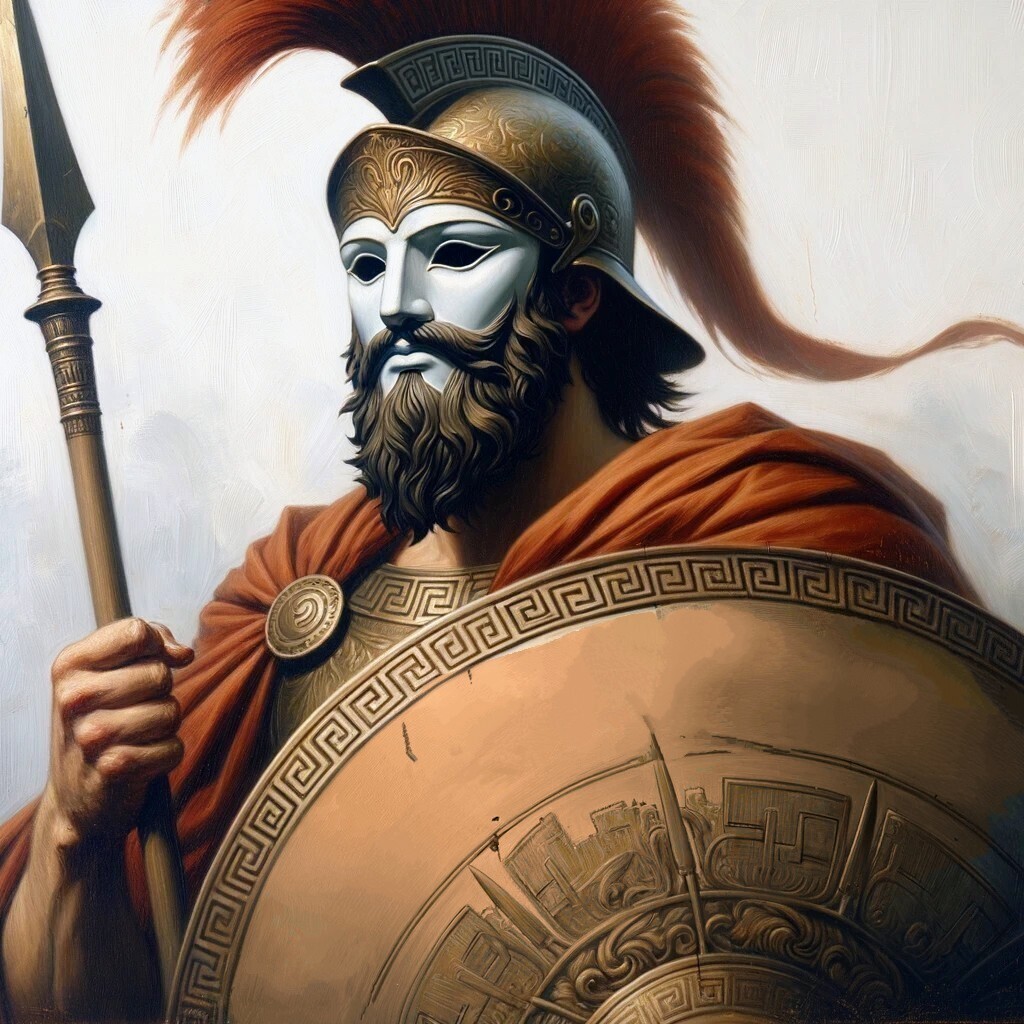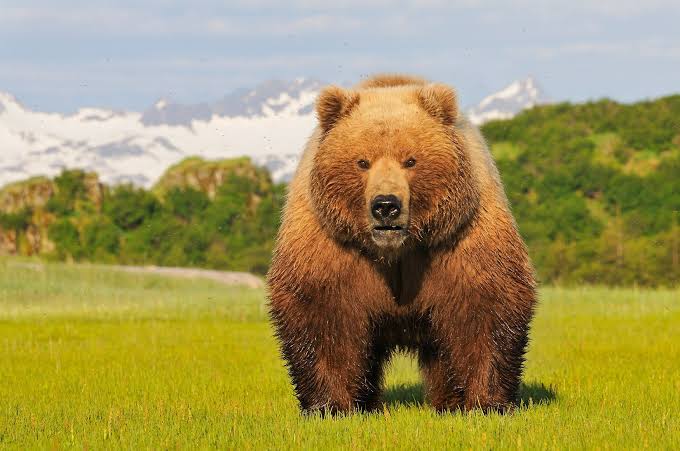European here! For me it’s…
Celcius:
0 = Water freezes
100 = Water boils
Fahrenheit as far as I can tell:
~100 = Hot enough that it shows up on the news
~400-450 = Cooking, because our stove is in Fahrenheit for some unknown reason.
All other temperatures in F = no idea.
You can think of F as a “% hot” measurement for weather.
0 = no heat: getting dangerously cold for humans. 50 = half hot, half cold: wear long pants and a jacket. 75 = three quarters hot, getting close to t shirt weather. 100= fully hot: getting dangerous for humans.
Yes you can go over or under, but you can consider those to be extreme weather (120% hot!)
C is a measurement for water.
75 is only close to tshirt weather?
Acclimatization is a whole thing. I remember thinking 65F / 18C was cold once upon a time, then I moved north and now only bother putting on a jacket if it’s below 40F / 5C or so (but now I start seriously suffering above 85F / 30 C where that used to be my ideal temp).
People who pretend certain temps are objectively not that cold or hot have never moved from one climate to another, I think. The person you replied to must be from a hot area.
I spent a week in the Rockies and when I got home, my house at 24°C was just too damn hot I just drank ice water and sat in my underwear.
Yep. I lived in the middle East and SE Asia combined for around 12 years, and while occasionally it was too much, in general I loved the heat and rarely said “its too hot”, I moved back to the UK 3 years ago, in June. Hated it, was cold all the time. Now when it’s more than 25c / 77F on a calm and clear day I’m boiling and can’t sleep at night (barely anyone in the UK has ac at home).
But what can you do if your area climate includes 110+ F summers and below 0 winters? Besides moving, that is.
Live in a climate controlled building. Or just die, probably.
It really depends on what your body is acclimated to. When I lived in Texas it felt a little too cool to be t-shirt weather. Now that I’ve been living in Seattle for years, it’s safely within the realm of t-shirt weather.
70 it hoody and jacket weather for me, so yeah.
Fahrenheit is designed for humans. Celsius is in love with distilled water at sea level. Kelvin and Rankine are actually useful in math, science, and engineering.
My wife told me to go look at the thermometer outside and the needle was pointing to 0. She asked “what temperature is it?” I said, “uh… there isn’t one.”
This is pretty good! I’ll keep this in mind next time I’m in the US.
0 = no heat
Kelvin and Rankine would like a word.
They aren’t scaled properly for weather temperature.
Sorry but that makes no sense to me.
Is 0% hot no extra heat, like perfect room temp or is it zero heat, the death of all life?
What does 100% hot mean?
You arranged it for yourself to make sense of it, but no need to rationalise it. It’s only good, cause you’re used to it, or doesn’t “feel more human” than Celsius.
I’ve been in a sauna with 100°C ( what’s that? 250°F?) It’s doable, but that’s probably my personal max. So 100°C air temp is now 100%? Mmmh doesn’t really work that great.
All in all, temperature unit is just data points, the interpretation is individual. Fahrenheit is not “more suitable for humans” than any other unit.
I’m sorry you are having trouble making sense of it. It’s honestly a very simple concept.
Fahrenheit
0 = Well below freezing, about as cold as it gets anywhere that isn’t frozen year-round. Dress like you’re climbing Everest.
25 = Just below freezing, very cold but not record breaking anywhere people own snow shovels. Bulky jacket and gloves.
50 = Cold to cool, depending on your baseline. Put on a thick sweater or a jacket.
75 = Perfect, slightly above room temperature. T-shirt and shorts.
100 = About as hot as it gets anywhere that isn’t a desert. Tank top and sunscreen, and stay in the shade.
Me setting my thermostat to 50 in winter:
The main Fahrenheit I know is -40F.
Mostly because its also -40C.
Why do I care about water boiling when we’re talking about weather?
People contain water
If you are regularly encountering weather that is boiling the water in your body, you may want to consider moving to a nicer climate.
How frequently does the water in a human boil?
Ugly bags of mostly water
Wait euro ovens are in Fahrenheit as well? I just thought it was our identity crisis measurements in Canada.
Canadians usually follow this. It isn’t 100% correct, but close enough.
Nah, mines in Celsius … the poster above probably has an old British oven, they had a lot of hold-outs for imperial measurements.
I don’t know if they generally are, but ours is lol
No they are not
deleted by creator
I think 100 is when you have a fever
Having used a lot of Celsius and metric in college sciences, they don’t bother me so much. But when it comes to certain applications, I’m more used to farenheight. For example temperature as it relates to human comfort.
Like I know 35 c is hot, and anything in the 40+ is miserable. But I also know I prefer temperatures to be in the 72-75 range for optimum comfort and thus have to do a bit of math if I need that in Celsius.
Fahrenheit is nice for the ten degree ranges when talking. “Tomorrow it will be in the 70s”. The entire range of the 70-79 is fairly nice and similar. Every ten degree range is meaningful and different. “Tomorrow it’s in the 90s! :(”
Same the other way around. I (european) regularly read about “100 degrees weather” somewhere in the US and my first thought always is “damn, that’s as hot as boiling water”.
In the UK you think “Oh yeah, my great granny used to use those measurements!”
0 is freezing (32F)
10 is cold (50F)
20 is nice (68F)
30 is hot (86F)Canadian here… in spring, 10C is shorts and t-shirt weather, eh?
Toronto is basically due east of where I live. 10C is pretty nice out. Hell, sometimes I don’t wear a coat when its 0C
Yeah, if it’s not super humid 0C can be pretty ok
We all know “that guy”.
Here is an alternative Piped link(s): https://piped.video/-oOlAGKBXnA?si=7O0ksF0xR2Nd9_IH
Piped is a privacy-respecting open-source alternative frontend to YouTube.
I’m open-source, check me out at GitHub.
Same, but I’m in Scotland. I was out shovelling snow in a vest and leggings and my neighbour who was dressed for an arctic expedition was horrified.
I’m just built for a different climate.
Daytime 10c is shorts and tshirt. Nighttime 10c is shorts and light hoody.
40 is unbearable
50 is death, tar sticks to your shoes, why am I outside?
5 is cold 10 is fresh 20 is warm 25 is hot 30 is too fucking hot
Here’s celcius
Water:
0° - freezes
100° - boils
Me:
10° - freezes
30° - boils
Why can’t I be more like water?
You’re 70% of the way there!
So you are neither Canadian nor Australian.
Is this “celcius” a friend of you or what??
This is why Fahrenheit is great. It’s a 0-100 scale for the temperatures humans typically experience with bonus off-the-charts temperatures for when it’s particularly miserable
I talked with an american so i of course used ammo (9mm) as a scale
How many Bald Freedomeagles is that?
How many can you afford?
As many as 150 dollarydoos will buy me!
In Minnesota yes. In Florida no.
Well, double dumbass on you!
Cause 30C is warm but 39C is heat stroke. Bigger range than 80-89F (warm to really warm), 90-99F (hot to really hot), 100F+ (heat stroke hot).
In numerics we have decimal points for that :)
We don’t even need that for weather. There’s not that much of a difference between 21 and 22 C, and anyway with wind and shade you can quickly have a difference of a few degrees.
That’s why weather is not just temperature, regardless of the used scale. But to ask you the same, what’s the difference between 110°F and 111°F?
Oh no, I agree with you! I don’t understand Farenheit at all. I like Celsius because it makes more sense in terms of definition, and having “negatives can have snow, positives can’t” is convenient.
You might think there is no difference, but someone will definitely notice if you adjust the thermostat by 1°F.
I very rarely hear anyone refer to air temperature with a decimal though.
It’s quite common on digital thermostats to have the decimal place for C.
I’ve never heard anyone casually refer to air temperature either; its mostly always how fast the wind is on the Beaufort scale.
Double it and add 32
Low 30s °C can either be okay or absolutely horribly hot depending on stuff like humidity, cloud coverage and wind.
Also what you’re used to.
Australia? Normal day. Norway? Catastrophic.
I will be controversial and say that I think Fahrenheit makes more sense when talking about the weather. Its scale simply makes more sense on human terms: 0 is fucking cold, 100 is fucking hot. This is about the tempurature range you can expect to experience between winter and summer throughout much of the world.
Celsius makes more sense for cooking (and everything else) since its scale is calibrated around the phase changes of water.
Celcius really isn’t that hard to get used to if you stop getting hung up on conversions and just live in it for a while. Faherenheit also isn’t as hard to get used to as people meme it to be. It’s all about what you’ve spent a significant enough time in to get the data points for how stuff feels to you.
Either scale would be second nature to anyone after a year in a new home. I made the change np. I never do conversion math, I just know what it feels like outside and can ballpark the number I remember having a similar feeling in the other place. It’s really not a big deal and not worth all the internet yelling that goes on about it.
Celsius is easy, everything important is a nice and rounded number: -40°C is freezing point of vodka; -30°C is fucking cold; -20°C is cold but tolerable; -10°C is pleasant winter weather; 0°C is when roads get icy, better be careful; 10°C is pleasant autumn weather; 20°C is room temperature and pleasant spring/summer; 30°C is haaawwt; 40°C is you-must-be-shitting-me hot; 80 to 100°C is good sauna; 110°C is those-crazy-Finns sauna; 120°C is the-bloody-Russians-joined-the-sauna-party; 250°C is pizza oven; 1000°C is ceramics oven; 1500°C is steel smelting. Everything above use K instead; substract 273 to get C if you must.
Fahrenheit is a fucking mess where nothing makes sense and nothing is a rounded number.
These numbers feel arbitrary to me, while a scale of 0 to 100 feels very intuitive.
The only “arbitrary” number to remember in Fahrenheit when talking about weather is the freezing point, 32 degrees.
It’s the natural intuitiveness of 0-100 scales that also makes me prefer Celsius for non-weather applications, since the phase changes of water become more important when talking about cooking or chemistry.
Celsius makes weather so much easier; freezing point of water is the one most important temperature for weather conditions, what kind of precipitation and surface conditions you can have. Having it as the reference point for temperature just makes so much sense. With celsius, you can understand the general weather from a single glance. Negative numbers? Ice and snow. Positive numbers? Rain and mud. Plan accordingly. And the general comfort zones are all at around 10° steps wich makes everything nice and round.
Fahrenheit on the other hand has the zero at some completely nonsensical reference point that has no relation to what weather conditions are possible.
Isn’t the freezingpoint of water important for talking about the weather? I want to know when I have to expect snow and ice.
Nah it just makes sense to you because you grew up with it. I’ve used Celsius my entire life and Fahrenheit makes no sense whatsoever.
It just depends on what you are used to - Fahrenheit to you makes perfect intuitive sense, I however am fully used to Celsius and that makes perfect sense to me.
I’m used to both, which is why I have come to prefer both for different applications.
No argument here. Fahrenheit offers better granularity within the range of temps that humans are likely to experience.
Fahrenheit is too granular, imo. In day to day life I almost always hear people talk about it in ranges of temperature (eg. “mid 70s”) which defeats the point of having a more granular system.
Even in Celsius you often “it’s been 25 and 30” etc. Weather is just not a super accurate thing, it can be different up or down the hill, at the next town over, etc, so I don’t get the granularity argument. Maaaybe I can understand the one about 0 to 100 making sense for weather related temperatures to people used to it, maybe.
Except you don’t actually need that level of accuracy when talking about temperatures humans experience.
For example, has the ability to identify outside temperature of 72 fahrenheit, not 71 fahrenheit, ever made a single bit of difference to any persons day to day experience? I really can’t believe that would be true.
Places that use Celsius have no problem referring to temperatures for weather so the argument that farhenheit scale is superior due to more precision doesn’t hold up.
The best temperature scale for weather is always going to be the one that everyone in that area is familiar with and nothing more than that.
Because C is for water, F is for people.
People are stupid bags of mostly water
They do object more to being boiled, though.
The trick is to do it slowly.
You might be thinking of frogs.


















